Les premières gelées arrivent pendant la nuit ; au matin, votre bassin est un miroir de glace. Vous tapotez la surface, scrutez anxieusement les profondeurs troubles et vous vous demandez si les poissons en dessous ne se sont pas transformés en glaçons vivants. Détendez-vous : la nature leur a offert un impressionnant arsenal. Ce guide explique comment les poissons survivent à l'hiver, pourquoi les koïs nécessitent des soins particuliers, ce qui tue réellement les poissons de bassin lors d'une vague de froid, et les étapes pratiques – appuyées par les fontaines solaires et la filtration de bassin Poposoap – pour maintenir vos poissons en bonne santé jusqu'au printemps.
1. Lorsque l’étang gèle, les poissons gèlent-ils aussi ?

Pas dans un étang sain. L'eau atteint sa densité maximale à 4 °C (39 °F) ; à mesure que l'eau de surface se refroidit, elle remonte et gèle, isolant le liquide en dessous. Les poissons coulent simplement dans la couche qui flotte juste au-dessus de cette température magique. À moins que l'étang ne soit si peu profond que la glace atteigne le fond, ils restent dégelés, suspendus dans une stupeur froide et immobile – preuve que la survie des poissons en hiver est une question de physique.
2. Physique de l'eau : pourquoi la glace est une bouée de sauvetage

- L’inversion de densité agit comme une couverture thermique, empêchant un gel total.
- Perte de chaleur lente : l’eau refroidit 20 fois plus lentement que l’air, ce qui permet de gagner du temps.
- Poches d'échange gazeux : même une petite ouverture dans la glace laisse échapper l'ammoniac et entrer l'oxygène.
Maintenir un seul trou sans glace peut décider si les poissons hivernent ou s'asphyxient. Une fontaine solaire Poposoap discrète, réglée sur un doux son de cloche, maintient ce trou ouvert toute la journée sans alimentation secteur – un exemple classique de la promesse de la marque : des produits de jardinage sans tracas.
3. Adaptations des poissons : comment les poissons survivent-ils naturellement à l’hiver ?

- Ralentissement métabolique – Les enzymes fonctionnent à une fraction de la vitesse estivale ; le rythme cardiaque chute ; la digestion s’arrête.
- Protéines antigel – De nombreuses espèces tempérées transportent des glycoprotéines qui arrêtent les cristaux de glace intracellulaires.
- Bancs au fond – Les poissons d’étang s’installent dans la couche la plus profonde et la plus stable, conservant ainsi chaleur et énergie.
- Demande réduite en oxygène – Le métabolisme chute si bas que quelques parties par million d’oxygène dissous suffisent.
C’est la réponse générique à la question de savoir comment les poissons survivent en hiver dans les lacs et les rivières.
4. Cas particulier : comment les poissons koï survivent-ils à l’hiver ?
Les koïs sont des carpes communes domestiquées aux couleurs éclatantes, mais possédant la génétique d'un poisson de rivière robuste. Ils :
- Constituez des réserves de graisse lors de l'alimentation d'automne.
- Produire des composés cryoprotecteurs qui préviennent les lésions tissulaires.
- Entrez dans une torpeur partielle, planant à quelques centimètres du fond où l'eau reste à 4 °C.
Pourtant, leurs couleurs vives font des koïs des proies faciles pour les hérons hivernants, et leurs longues nageoires nécessitent plus d'oxygène que les carpes sauvages. Alors, comment les koïs survivent-ils à l'hiver dans un bassin de jardin ? En s'appuyant sur l'homme, ils contribuent à garantir l'oxygène, la profondeur et la qualité de l'eau.
5. Quelles sont les causes de la mort des poissons en hiver ?

- Sas à gaz : un couvercle de glace solide retient le CO₂ toxique et le sulfure d'hydrogène provenant des feuilles en décomposition.
- Choc thermique soudain : une pluie chaude d'hiver s'enfonce, déplaçant l'eau stable du fond.
- Arrêt du filtre : si vous arrêtez toutes les pompes, les boues anaérobies rebondissent, provoquant un pic d'ammoniac.
- Étangs minces : tout ce qui mesure moins de 45 cm (18 po) peut geler complètement en cas de froid extrême.
- Prédateurs : les hérons et les ratons laveurs chassent lorsque les poissons se déplacent lentement.
Éliminer ces risques, plutôt que de rechercher des additifs « miracles », résout la plupart des pertes hivernales.
6. Comment aider vos poissons d'étang à survivre à l'hiver

-
Gardez l'eau en mouvement (mais doucement)
Une fontaine à eau solaire Poposoap à faible débit brise la croûte de glace, oxygène et évacue les gaz, sans refroidir la couche profonde. Son boîtier en ABS se démonte facilement pour un nettoyage sans gants, même par temps de gel.
-
Maintenir la filtration lentement
Au lieu de tout éteindre, contournez les cascades et utilisez un filtre Poposoap pour bassin en mode hiver. L'eau pénètre dans l'eau par une grille en acier inoxydable qui filtre les fragments de feuilles, puis passe par des mousses grossières et fines, ainsi que par des anneaux en biocéramique qui poursuivent la nitrification à faible débit. Grâce à l'énergie solaire, la pompe fonctionne de jour pour répondre aux besoins en oxygène des poissons et éviter le refroidissement nocturne excessif.
-
Arrêter l'alimentation à 10 °C (50 °F)
Les granulés non consommés pourrissent et polluent l'eau. Les poissons en torpeur ne peuvent pas digérer ; il faut donc les retenir jusqu'au printemps.
-
Nettoyez l'étang avant la chute des feuilles
Les débris organiques sont la principale source de gaz toxiques en hiver.
-
Vérifiez la profondeur et ajoutez une zone plus profonde
Une seule poche de 90 cm (36 pouces) de profondeur offre aux carpes koï une chambre de survie pendant les fronts arctiques.
-
Isoler la surface
Une couche de panneaux de mousse à cellules fermées autour de la fontaine conserve la chaleur ; elle protège également le câblage du panneau solaire de la neige.
Suivez ces étapes et vous répondrez à la fois à la question de savoir comment les poissons survivent à l’hiver et à la question de savoir comment les poissons koï survivent à l’hiver dans un écosystème artificiel, en copiant la nature avec un peu d’aide technologique.
7. FAQ sur les poissons en hiver
Q : Dois-je déplacer les carpes koï à l’intérieur ?
R : Uniquement si votre bassin a moins de 45 cm de profondeur. L'hivernage en extérieur renforce l'immunité.
Q : Puis-je simplement utiliser un chauffage d’étang ?
R : Les chauffages consomment beaucoup d'énergie. Un ensemble fontaine-filtre solaire maintient une ouverture et de l'oxygène pour l'énergie solaire gratuite.
Q : Ma pompe a gelé l’année dernière. L’énergie solaire peut-elle aider ?
R : Les moteurs à courant continu sans balais de Poposoap sont immergés là où l'eau tombe rarement en dessous de 4 °C ; le panneau ne contient aucune pièce mobile susceptible de geler.
Q : Ai-je besoin d’UV en hiver ?
R : La croissance des algues s'arrête dans l'eau froide. Conservez l'ampoule UV pour le printemps.
Q : La glace est devenue trouble, les poissons sont-ils morts ?
R : Une glace trouble signifie qu'il y a de l'air emprisonné, et non des poissons morts. Vérifiez le taux d'ammoniac dans la colonne d'eau ; s'il est nul, les poissons sont vivants et se reposent.
8. L'hiver est rude, mais les poissons sont faits pour survivre

Dans la nature, les carpes hivernent sous les rivières gelées pendant des mois. Vos koïs aussi, à condition de respecter les règles de la physique et de la biologie. Un refuge calme et profond, un échange d'oxygène optimal et une eau stable et propre sont les véritables secrets de la survie des poissons en hiver.
La fontaine solaire Poposoap et le système de filtration modulaire pour bassin incarnent parfaitement cette recette : une circulation alimentée par la lumière du jour, des couches filtrantes qui ne se bouchent pas par temps froid et un entretien sans outil qui évite aux mains de toucher l'eau glacée. Installez un filet à l'automne, arrêtez l'alimentation à 10 °C et votre bassin se réveillera en avril, chaque nageoire étant prise en compte ; preuve qu'une technologie intelligente laisse la nature faire le gros du travail, même lorsque la surface est gelée.


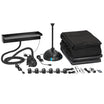
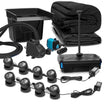
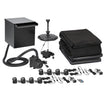
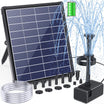
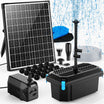
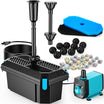
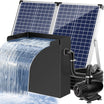
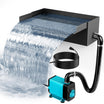

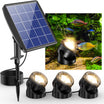
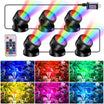

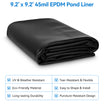
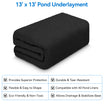

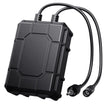
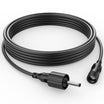
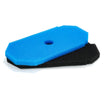

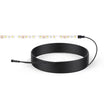
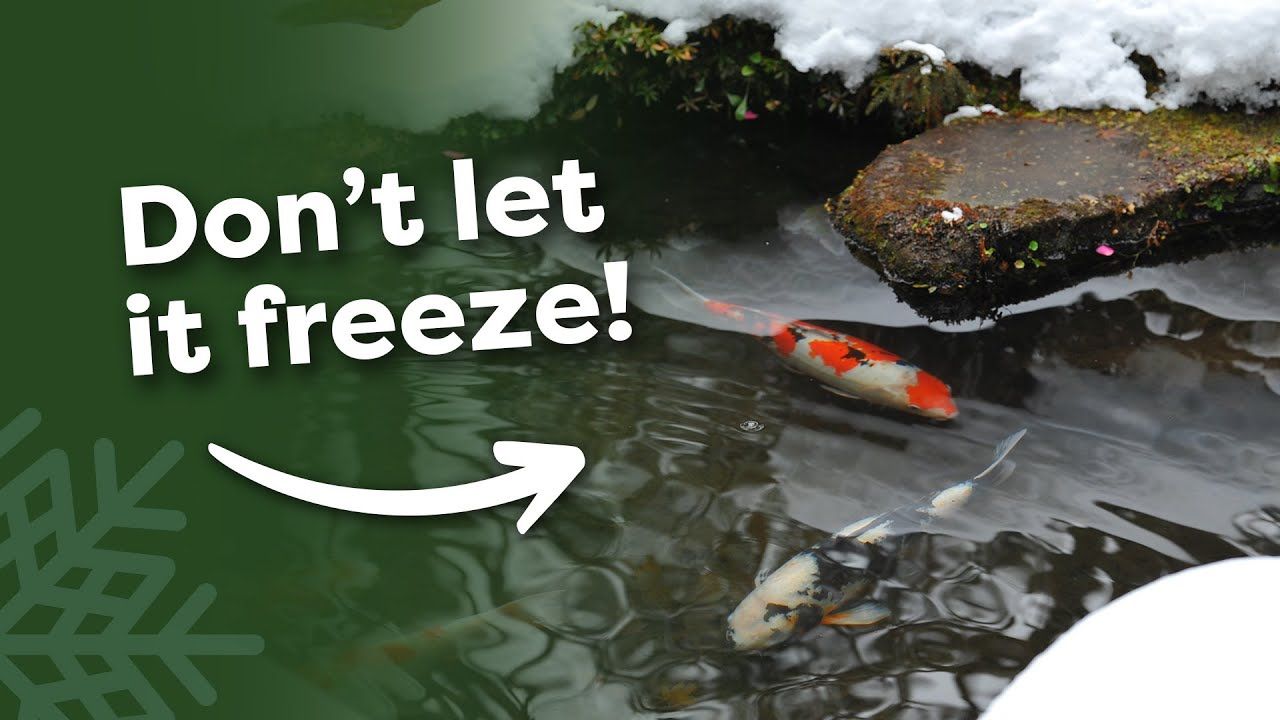
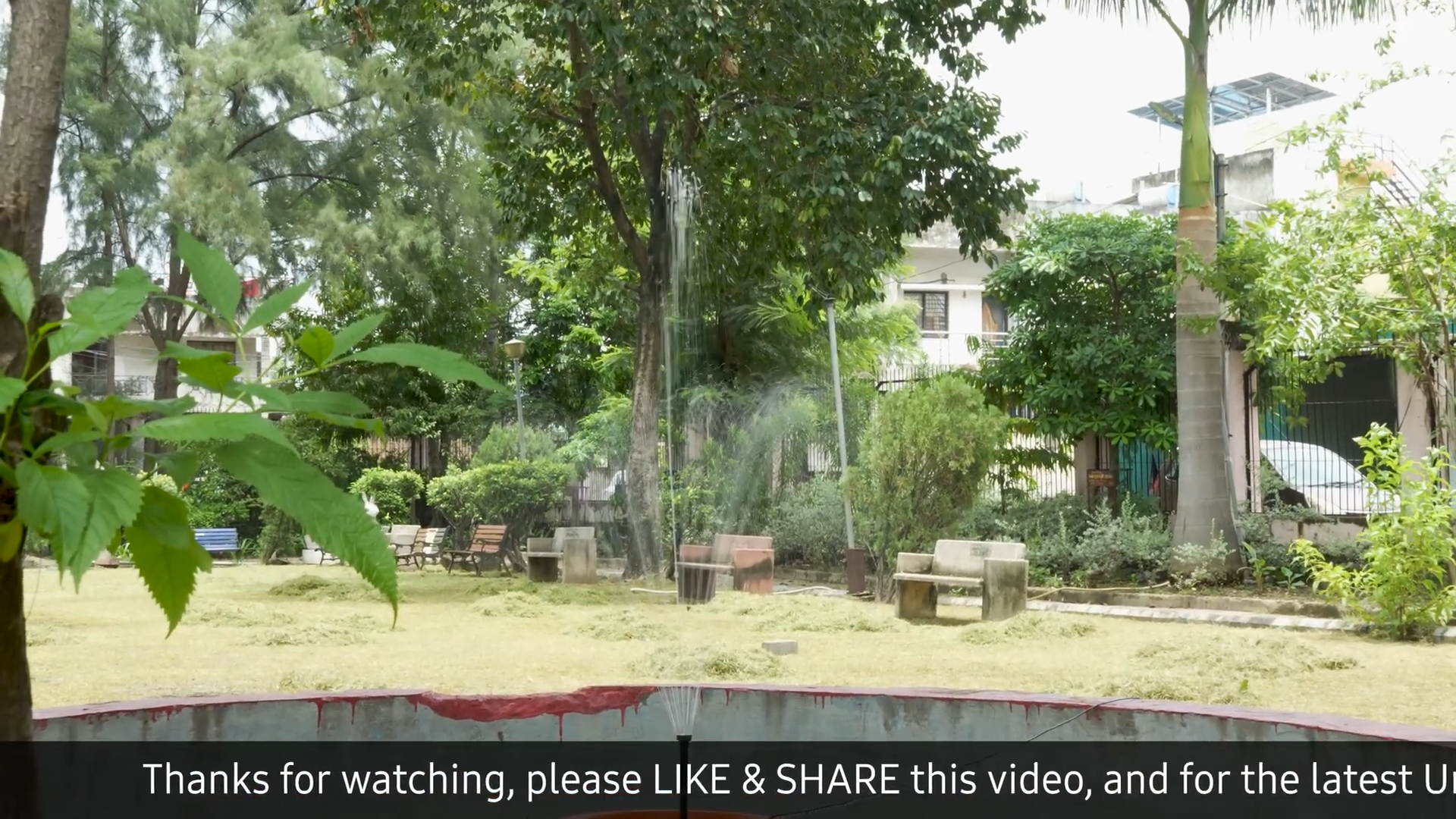
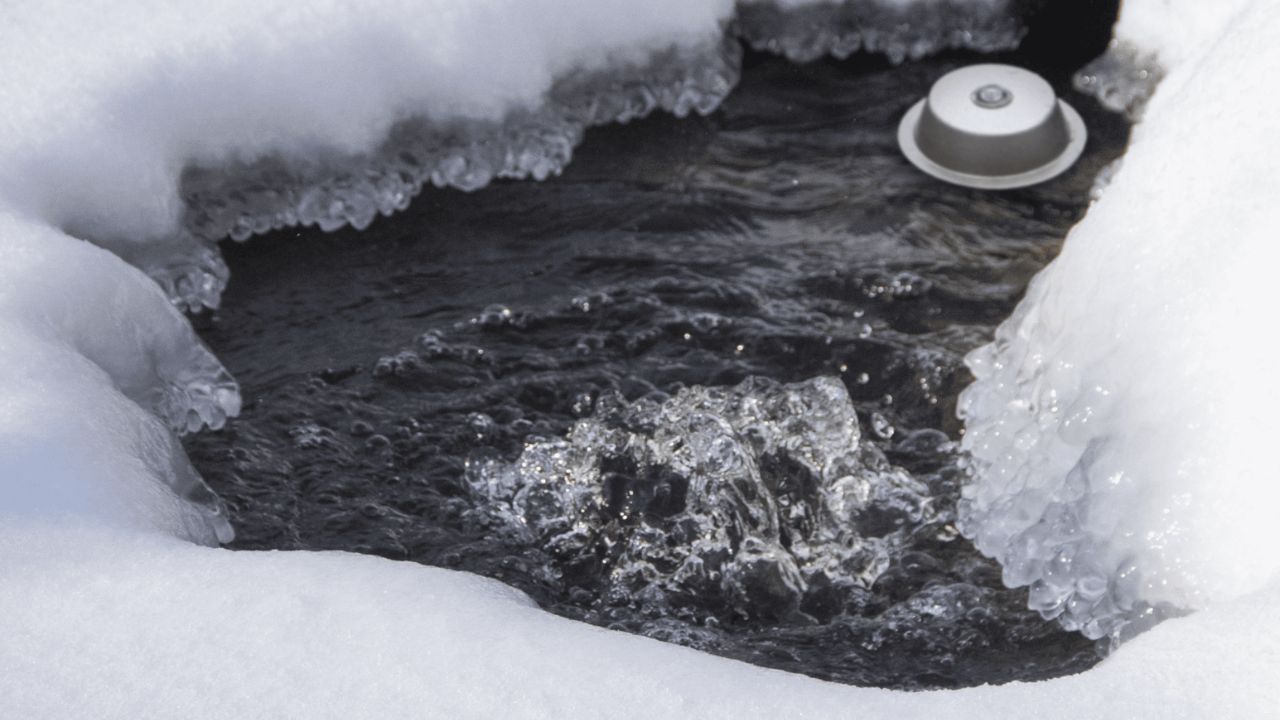
Laisser un commentaire
Tous les commentaires sont modérés avant d'être publiés.
Ce site est protégé par hCaptcha, et la Politique de confidentialité et les Conditions de service de hCaptcha s’appliquent.